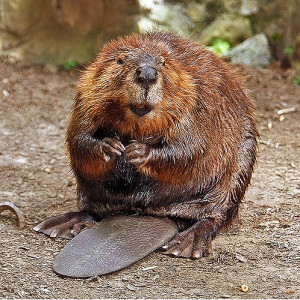I find that we always think very little of the ingredients and groceries we use and what goes in to them, honestly I just grab and go and that’s as focused as I get about my food But, have you ever looked at the ingredients in some of our foods? There are always those weird ingredient names that we have no idea what they are. The only thing I remember learning was that ingredients that you struggle to read are generally not the best ingredients to be consuming. But, here are some ingredients to look out for in your food.
An Additive that We Grow
I was a little shocked to find out that a lot of our foods, but usually processed foods contain this amino-acid called L-Cysteine. Now when we hear amino-acid there generally isn’t a red flag but when this amino acid comes from human hair well…that kinda starts raising lots of questions. L-Cysteine can be found in chicken and duck feathers but a majority of it comes from us, or well the hair from our barber shops. This amino-acid is and ingredient used to prolong shelf life of products in our grocery store and they are generally found in bread so if you don’t want to eat bread with hair it’s best to buy your bread from a local baker where they make the bread fresh. It is also a safe assumption to assume our fast food products will contain this unplesant ingredient.
An Ice Cream Flavour You Don’t Want
No matter what time of day we will always scream for ice cream, we’ll probably look at ice cream differently when you find out what interesting ingredient is lurking in that delicious tub of ice cream. The ingredient is called castoreum and it is found in male and female beavers, it is their castor sacs. This sac generally adds scents to urine and anal secretions, yes, you read that right. Any artificial flavour of vanilla, raspberry or strawberry you may find castoreum. However, if I never told you this you’d be none the wiser and there are wildlife ecologist that say that the beaver’s behind smells good and not what we would imagine it to be. We’ve been using castoreum as flavouring since the 1850s but as we progress in this world so does our food and nowadays very little of our artificial flavours contain castoreum.
Not Going to Pop About this Ingredient
If you’re an avid soda drinker I am here to help cut down on your sugar intake. Some of our favourite pops or flavoured drinks will have the ingredient, Brominated Vegetable Oil (BVO). Now sure it sounds like it’s a normal healthy ingredient but it’s not. BVO is actually a toxic flame retardant and it’s used in our favourite drinks because it prevents artificial flavours from seperating from each other. Might want to start drinking less flavoured drinks and move to water.
Ingredients You Can’t Avoid Eating
It’s good to know that the ingredients listed above we can avoid but the scariest ingredient are the ones we don’t see and aren’t informed about. Our fresh produce, you’d think that’s a safe bet but unfortunately not. Sometimes our produce is covered in Phthalates. Our veggies and fruits could come into contact with either sewage sludge or pesticides from touching containers or just being exposed to the dust or air of Phthalates but we are none the wiser. Our grocery stores are not required to list possible contaminats in the produce aisle. Phthalates can cause lots of problems including eczema, asthma, allergies and more. Just some food for thought, may be it’s time to look into what you’re really eating.

